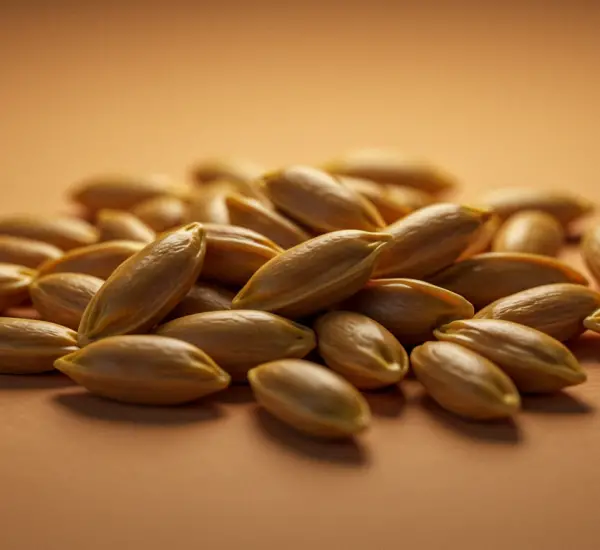Drying clothes in the winter can be a frustrating and time-consuming task. Cold temperatures, high humidity, and lack of sunlight often make it seem impossible for laundry to dry efficiently. Many people without a dryer or enough indoor drying space struggle to get their clothes completely dry, sometimes waiting hours or even days for them to be wearable.
Luckily, there is a simple, inexpensive trick that can help clothes dry in as little as 10 minutes, even in the coldest months. Surprisingly, the solution is something you probably already have at home: coarse salt.
Why Clothes Take Longer to Dry in Winter
Understanding why winter slows down the drying process helps explain why traditional methods often fail. Several factors contribute to slow drying during the colder months:
1. High Humidity
Winter air often carries more moisture, which slows the evaporation of water from fabrics. This is especially noticeable in regions with frequent rain, snow, or fog. Even clothes dried indoors will take longer because the surrounding air cannot absorb water efficiently.
2. Low Temperatures
Water evaporates more slowly at lower temperatures. During winter, cold air makes it harder for water molecules in the fabric to escape. Even in low-humidity conditions, clothes simply take longer to dry when the temperature drops.
3. Limited Sunlight
The sun’s energy is a natural drying agent. Its warmth helps water evaporate faster, and ultraviolet light can even reduce bacteria that cause odors in damp clothing. In winter, short days and cloudy skies limit exposure to sunlight, slowing down the drying process further.
The Simple Trick: Coarse Salt
Coarse salt is an inexpensive and accessible solution for speeding up the drying of laundry. Thanks to its hygroscopic properties—meaning it naturally absorbs moisture—coarse salt can pull water out of fabrics quickly, reducing drying time.
How to Use Salt in the Washing Machine
Adding coarse salt during the wash cycle is simple and effective. Here’s how to do it:
-
Add your freshly washed clothes to the washing machine as usual.
-
Sprinkle a handful of coarse salt over the clothes.
-
Run the spin cycle.
During spinning, the salt absorbs excess water from the fabrics, reducing the amount of moisture left in the clothing. This means clothes come out of the machine dryer than usual, allowing them to dry completely in a fraction of the time.
Using Salt When Air-Drying Clothes
If you prefer or need to air-dry clothes, coarse salt can still help—especially in freezing or snowy conditions.
-
Hang your wet clothes on a line, rack, or drying grid.
-
Sprinkle a small amount of coarse salt over the damp fabric.
-
Allow the clothes to dry naturally.
The salt will absorb moisture from the fabric, preventing it from freezing and speeding up the drying process. This method is particularly useful for outerwear, heavy fabrics, and winter accessories, which normally take hours to dry.
Additional Benefits of Using Coarse Salt
Besides accelerating drying, coarse salt has other advantages:
-
Softens fabrics: Salt can act as a mild fabric softener, making clothes feel softer to the touch.
-
No damage to clothing: When used in small amounts, salt does not harm fabrics or leave noticeable residue.
-
Economical: A small handful is enough for a full load, making this method cost-effective compared to chemical alternatives or electric dryers.
Tips for Optimal Results
To maximize the effectiveness of salt in drying clothes, follow these additional tips:
-
Use the right amount: One handful per standard load is sufficient. Too much salt is unnecessary and could be messy.
-
Combine with proper spinning: A strong spin cycle in the washing machine will remove the majority of excess water, making the salt’s absorption more effective.
-
Ensure good air circulation: Even with salt, air circulation is key. When air-drying, hang clothes in a ventilated area to allow moisture to escape efficiently.
Why This Trick Works in Winter
During winter, two main obstacles slow drying: humidity and cold temperatures. Coarse salt directly addresses both. By absorbing water from the fabrics, it reduces moisture content before the air-drying phase. This helps prevent the fabric from freezing when hung outside and accelerates overall drying.
Moreover, the slight softening effect of salt means clothes are not only dry faster but also feel more comfortable to wear. For families with limited indoor space, this simple trick can be a lifesaver, ensuring laundry is ready to wear even on the coldest days.
Final Thoughts
Winter laundry doesn’t have to be a tedious chore. With just a handful of coarse salt, you can dramatically reduce drying times and prevent clothes from freezing outdoors. Whether used in the washing machine or sprinkled on clothes while air-drying, salt offers a natural, inexpensive, and safe solution.
By understanding the challenges of winter drying—cold air, humidity, and limited sunlight—you can use this simple hack to save time and effort. Your clothes will dry faster, stay soft, and be ready to wear, even in the harshest winter conditions.
Next time you face a slow-drying laundry load, reach for the coarse salt—it’s a small ingredient that makes a big difference.



